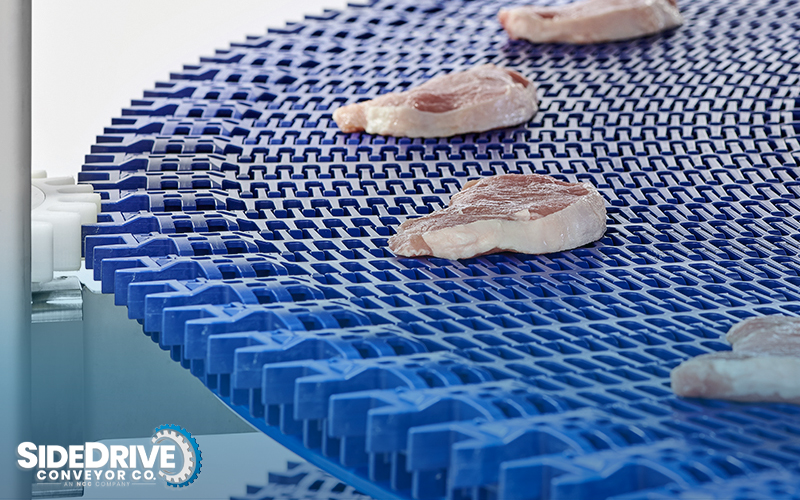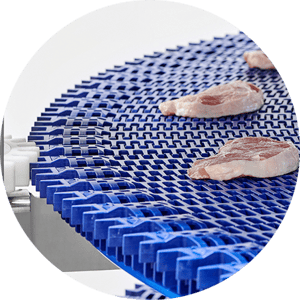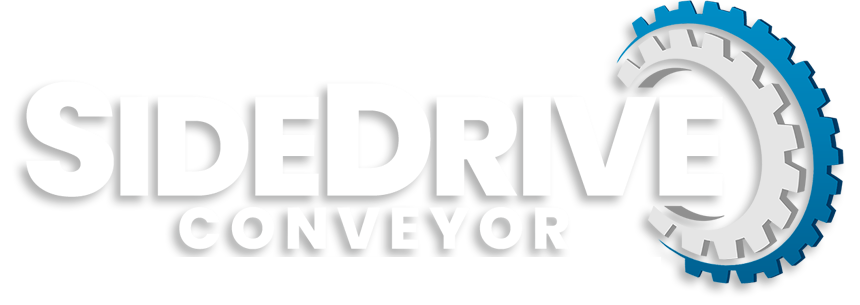4 min read
How to Keep Protein Spotless During Processing
By: Tony Maniscalco on Jul 6, 2022 10:00:00 AM

Germs aren’t the only thing that contaminates food. There are many points in the food production chain at which products are susceptible to various forms of contamination. From foreign matter to damage, there’s a lot that can happen to a meat, poultry or seafood product between the time it leaves the slaughterhouse or fishery to the time it gets onto someone’s table.
 In fact, “Sometimes, by the time a food causes illness, it has been mishandled in several ways along the food production chain. Once contamination occurs, further mishandling, such as undercooking the food or leaving it out on the counter at an unsafe temperature, can make a foodborne illness more likely.”[i]
In fact, “Sometimes, by the time a food causes illness, it has been mishandled in several ways along the food production chain. Once contamination occurs, further mishandling, such as undercooking the food or leaving it out on the counter at an unsafe temperature, can make a foodborne illness more likely.”[i]
For this reason and more, it’s essential that the safety of food is ensured at all points in the production chain, and that includes processing and packaging equipment. As a critical part of a HACCP (Hazard and Critical Control Points) food safety plan, ensuring the cleanliness of your equipment is vital.
Hygienic spiral conveyors are a sanitary solution to moving protein products in your facility. Explore these four ways sanitary conveyors for protein keep your protein products spotless.
 Eliminate pesky black specks
Eliminate pesky black specks
Plastic, edge-driven belting is the perfect choice when it comes to choosing a sanitary protein conveyor. And when you investigate the drawbacks of metal belting on conveyor systems, it’s easy to see why.
Friction, belt wear, cleaning products and more can all result in the phenomenon known as “black specks” on conveyor systems. No matter the source, “black specks” are residue that builds up on conveyor systems as a result of various system inefficiencies. But unlike conveyors with metal belting, the efficiency and durability of hygienically designed plastic belting on SideDrive conveyors mitigates these potential sources of black specks.
On edge-driven conveyors, tension is reduced as a result of the continuous motion of side drives which provides even belt tension, as well as the use of smoother materials such as UHMW wearstrips. Metal belting that is driven by traditional drives that are located underneath the belting is also prone to rubbing. When the belt and its counterparts rub, they produce and leave behind black residue–not only from the metal, but also from all of the things that it comes in contact with. This causes them to wear out quickly due to excessive tension and unregulated speeds. Plastic belting that is driven by its side reduces this wear by providing smoother motion.
Cleaning products and food are potential sources of residue build-up. The rigidity of metal belting further adds to this problem, as food particles can get stuck on rigid areas and metal belting is difficult to clean. Since metal belting is more difficult to clean than plastic belting, it is more likely to leave behind particles.[ii] With fewer harborage points and increased cleanability, modular plastic conveyors are better able to keep products safe during processing.
 Eradicate metal shavings
Eradicate metal shavings
But black residue isn’t the only thing that metal on metal rubbing produces. Another disadvantage of metal belting for protein production and processing is metal on metal rubbing and wear.
When metal rubs on itself, it gradually rubs off, producing tiny metal shavings that get trapped on and around the equipment and potentially contaminate the food that it comes in contact with. This can be a nightmare for protein processors, as products that don’t fail metal detection are required to be marked out as a loss due to contamination.
With a sanitary protein conveyor from SideDrive, you don’t need to be concerned about metal shavings contaminating your protein products anymore.
 Put an end to unsightly marks on products
Put an end to unsightly marks on products
With sharp edges and deep crevices, products can easily sink into the webbing of flat wire style metal conveyor belting. This can leave unsightly marks and result in costly product loss.
Unlike its metal counterpart, plastic conveyor belting is gentle and allows products to be easily released. In fact, according to Intralox, plastic conveyor belts can reduce product loss due to adhesion by 80% with since they are less rigid and more smooth-surfaced than metal.[iii] By design, plastic belting is built better for food processing. Featuring machined sprockets and solid UHMW wearstrips, plastic belting has a greater surface area and fewer crevices, making it the preferred choice for sanitary food conveying.
 Prevent breaking & ripping
Prevent breaking & ripping
Frozen protein products can be fragile, and when they break or rip, mark out can be costly. Transferless, hygienic spiral conveyor systems eliminate product loss with features that provide gentle handling that prevents breaking and ripping.
With drives located throughout the system on the side of the belt, rather than underneath or elsewhere, edge-driven spiral conveyors provide a gentle, continuous motion with even tension. With a predictable, continuous motion that you can count on, sanitary spiral conveyors keep your products in place and prevent damage.
Another feature that is beneficial for preventing breaking and ripping of protein products is the flexible, transferless design of SideDrive’s modular plastic belting. On traditional conveyors with transfers, gaps between conveyors can cause your product to “bounce” or “shift” around. With SideDrive’s modular plastic belting, you can create configurations that allow for multiple incline, decline, radius and straight conveyors combined into a single, seamless run–all without transfers. By eliminating or heavily reducing these transfers, you reduce the risk of breakage.
[i] How Food Gets Contaminated. (2017, November 20). Centers for Disease Control and Prevention. https://www.cdc.gov/foodsafety/production-chain.html
[ii] The truth about Spiral Belt Sanitation. Intralox. (n.d.). Retrieved March 16, 2022, from https://www.intralox.com/media/news/the-truth-about-spiral-belt-sanitation
[iii] Intralox Payback Analysis
Related Posts
4 Ways Hygienic Spirals Address Food Safety Concerns for Protein Processors
According to the CDC, “the incidence of infections caused by pathogens transmitted commonly through...
Top 5 Benefits of Spiral Conveyors for Frozen Food Products
Rapid Growth of Market Calls for Food-Safe Conveying Solutions
More Efficient Ways to Convey Frozen Foods to and From the Freezer During Processing and Packaging
Conveying frozen foods to and from the freezer requires an efficient, transferless conveyor design....



